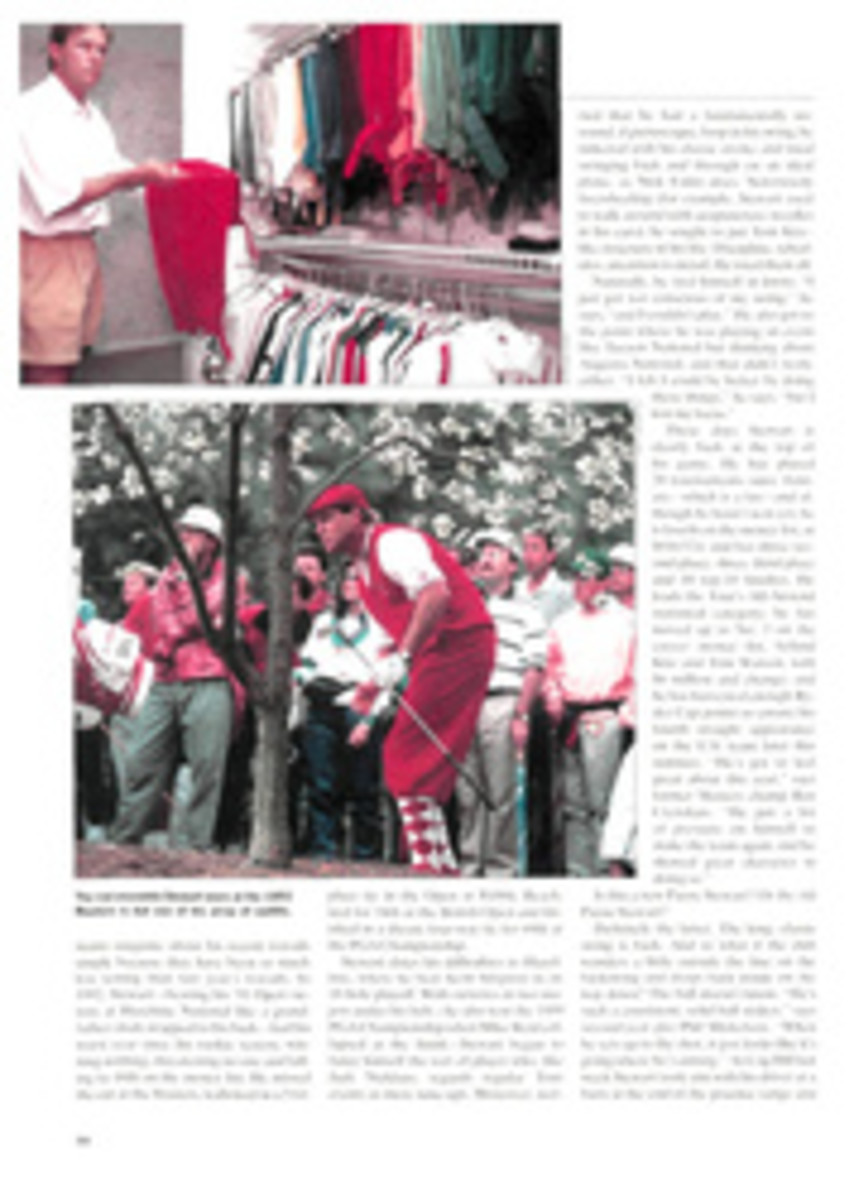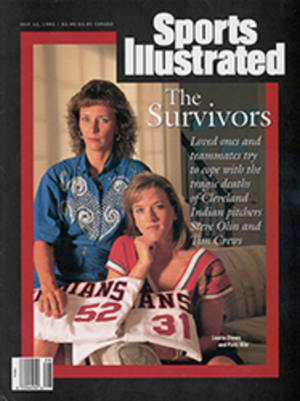
Garbage Time
The environment has enough problems without members of the media making things worse by asserting that the problems don't exist, that they were cooked up by scientists greedy for funding. Regrettably, such ridiculous assertions abound. These so-called authorities charge, for example, that nothing is wrong with the ozone layer, that dioxin really isn't bad stuff and that acid rain is not a threat. Such claims are part of an anti-environment propaganda blitz, and they aren't coming just from the likes of author and talk show host Rush Limbaugh and the Rev. Sun Myung Moon's Washington Times but, on occasion, from The New York Times, The Washington Post, the Wall Street Journal, The Detroit News and other such publications.
Indeed, so much poppycock about the environment has been repeated so often that it has bamboozled members of the public and even some scientists, including Nobel laureate Derek Barton of Texas A&M and a dozen others who recently signed a petition calling for repeal of the 1989 Montreal Protocol, which mandates the phasing out of chlorofluorocarbons (CFCs) because they deplete the ozone layer. The proliferation of "ignorance and misinformation" so alarmed chemist Sherwood Rowland that earlier this year he made it the subject of his presidential address to the American Association for the Advancement of Science, and Science, Chemical & Engineering News and American Journalism Review have run articles taking the dispensers of hogwash to task. Alas, these publications reach only specialized audiences.
The biggest dispenser of this baloney is Limbaugh, who whales away at "junk scientists" and "environmentalist wackos" in his current best seller. The Way Things Ought to Be. Much of what Limbaugh says about the ozone layer is based on material taken from Dixy Lee Ray's 1990 book, Trashing the Planet. A former chairman of the Atomic Energy Commission and a former governor of Washington, Ray has recently written Environmental Overkill, and in both books she relics heavily on articles by Rogelio Maduro for her conclusions about ozone. Maduro is the co-author of The Holes in the Ozone Scare, which contends that the campaign to ban CFCs is part of a plot headed by DuPont, which hopes to profit on such a ban by marketing substitutes. Maduro is also an associate editor of 21st Century, a magazine linked to Lyndon Larouche, the political extremist who once accused Queen Elizabeth of being the head of a world drug ring.
Limbaugh, Ray and Maduro all argue that volcanoes, not CFCs, are responsible for the ozone-depleting chlorine in the ozone layer. Even if these three had their facts right—Ray, for instance, mistakenly attributes the 289 million tons of hydrogen chloride that a California volcano may have injected into the atmosphere 700,000 years ago to a 1976 Alaska eruption—their argument would still be demonstrably wrong. Measurements of stratospheric hydrogen chloride with infrared spectrometers have eliminated volcanoes as a major source of the gas.
The environment has been the subject of questionable reporting by Boyce Rensberger of The Washington Post. His April 15 story suggesting that ozone depletion has been exaggerated by environmentalists helped prompt not only the aforementioned article in Chemical & Engineering News but also a press release from the American Chemical Society rebutting him. In a June 1 article on global warming, Rensberger both misrepresented the views of James Hansen, director of the NASA Goddard Institute for Space Studies, and gave prominence to the views of Patrick Michaels, an associate professor of environmental sciences at the University of Virginia, without identifying Michaels as editor of World Climate, a quarterly funded by the Western Fuels Association, a consortium of coal interests.
Keith Schneider of The New York Times aroused a furor among environmentalists by opening a five-part series on March 21 with the assertion that "new research indicates that dioxin may not be so dangerous after all." The June issue of American Journalism Review responded with an article by freelance writer Vicki Monks that left Schneider in shreds. Among Monks's many criticisms was that Schneider had failed to cite a source for his assertion about dioxin. In the article Schneider's response was that he had based his claim partly on comments by John Graham, the director of the Center for Risk Analysis at the Harvard School of Public Health. Asked about this by Monks, Graham disputed characterizing dioxin as "less dangerous" and added that while its ability to cause cancer may have been overestimated, dioxin's effects on the immune system make it "more dangerous than we thought."
Also in the Times series, Schneider wrote, "There is no acid rain in South Carolina." That is false. The federal government has been measuring the acidity of rain in South Carolina for almost 10 years, and the latest data available, for 1991, show the state's precipitation to be 10 times more acidic than unpolluted rain. In addition, Schneider stated that "winds generally blow anything in South Carolina's air out to sea, not to nearby states." False again. Forty-three percent of the sulphur dioxide, the main precursor of acid rain, emitted in South Carolina lands within the state or in other states.
Many revisionists have sought to minimize other threats to the environment as well. Yet for all their seeming hostility, they have learned one environmental lesson well: They know how to recycle garbage.
PHOTO
LANE STEWART

